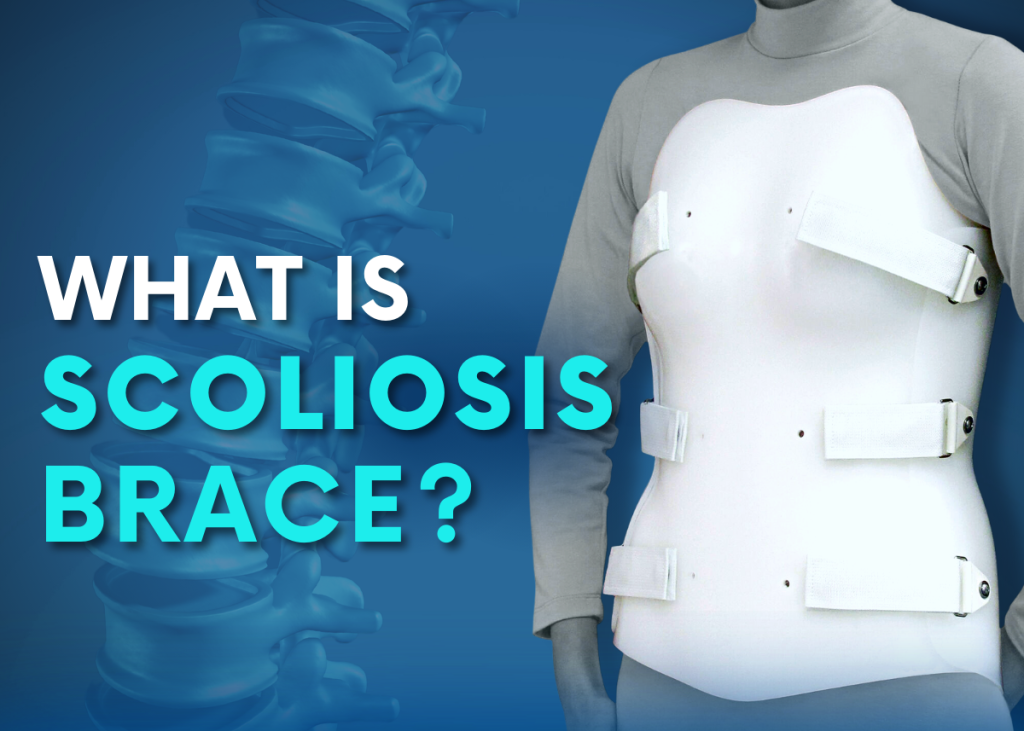
A healthy spine has a natural curvature that helps us to move and bend. However, when this curvature in our spine curves unnaturally more and creates a curvature, it is referred to as “scoliosis” or “curvature of the spine”.
Scoliosis, the most common spinal deformity, affects more than 2.5 million people in Turkey. It should be noted that these figures are only known and diagnosed cases. In addition, the symptoms of scoliosis are not always recognized by us or our environment. This can make early diagnosis difficult.
The most important point in scoliosis is that the curvature is progressive, meaning that the degree of curvature of the spine increases when left untreated. But don’t worry, there are various treatment options for spinal curvature. One of these is the “scoliosis brace”, which is most commonly preferred to stop the curvature.
So, what is a scoliosis brace? Does scoliosis improve with a brace? What are the types of scoliosis brace? How to wear a scoliosis brace? How many hours is the scoliosis brace worn? You can read the rest of our article to learn the answers to your questions.
Table of Contents:
- What is Scoliosis (Spinal Curvature)?
- What is a Scoliosis Brace?
- Is Scoliosis Corrected with a Brace?
- What are the Types of Scoliosis Brace?
- How to Wear a Scoliosis Brace?
- How many hours is a scoliosis brace worn?
- How Does a Brace Affect My Daily Life?
- When should the scoliosis brace be replaced?
- What Factors Increase the Effect of a Brace?
- When Should We Stop Wearing a Scoliosis Brace?
- Night Brace
- How Can I Convince My Child to Wear a Scoliosis Brace?
What is Scoliosis (Spinal Curvature)?
Scoliosis (curvature of the spine) is a three-dimensional spinal deformity in which the spine bends sideways to form an “S” or “C” shape. However, spinal curvature is scientifically defined as scoliosis when it is 10 degrees or more. And this curvature can be a mild curvature of 10 degrees or a severe curvature of 55 degrees or more. The degrees of scoliosis are illustrated below.
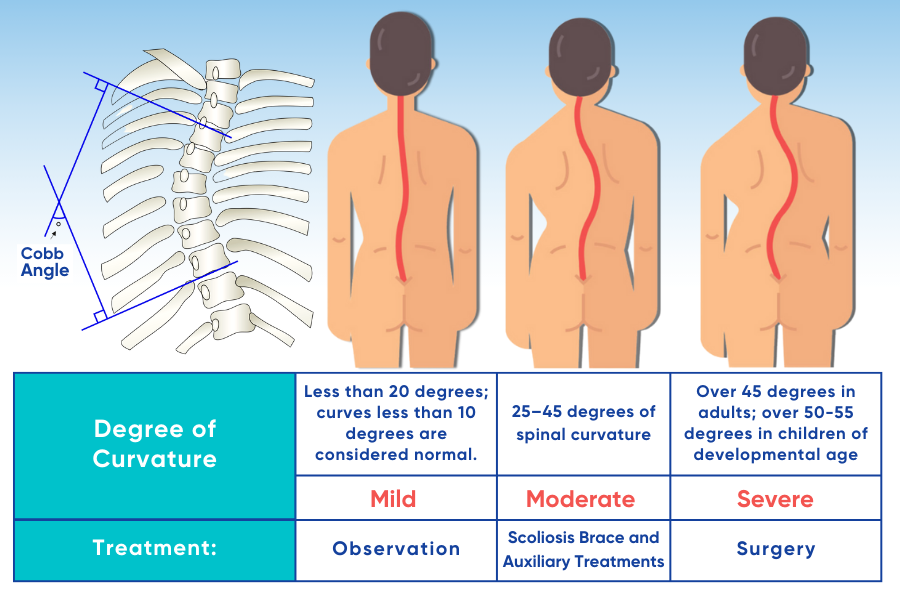
As can be seen in Picture 1, the treatment of scoliosis differs according to the degree of curvature of the spine. These treatment options include observation, scoliosis bracing and other adjunctive therapies, or surgery.
The spinal brace discussed in this article can be used for 25-45 degree curvatures in adults and 25-55 degree spinal curvatures in growing children. However, scoliosis surgery is recommended for curves of 45 degrees and above in adults.
So, what is a spinal brace?
What is a Scoliosis Brace?
Scoliosis brace, which is also referred to as back straightening brace , spine brace and spinal brace in various sources; It is a health technology product that can be produced from a mixture of fabric, plastic or metal and wraps the area where the spine curvature is seen and can be worn.
The spinal brace is individually produced by determining where the spinal curvature is located, its degree and how many vertebrae it covers. So, what is the purpose of brace treatment? The main purpose of a spinal brace is to stop the progression of the curvature by applying pressure to the curvature of the spine.

Is Scoliosis Corrected with a Brace ?
A scoliosis brace alone is not enough to completely correct the curvature of the spine. However, the use of a brace allows the patient to maintain the existing degree of curvature. For example, scoliosis brace treatment can be applied to a person with a 30-degree spinal curvature to prevent this curvature from reaching serious dimensions and to stop its progression.
This is particularly important for growing children who are at increased risk of developing spinal curvature. And to prevent the curvature from progressing, a spinal brace and other supportive therapies can be applied until skeletal development is complete.
What are the Types of Scoliosis Brace?
There are many types of spinal brace. One of the most important factors in the success of scoliosis brace treatment is the right choice of brace. In this process, which type of brace is suitable for you is determined by your orthopedic doctor.
The type of scoliosis brace is decided by taking into account the patient’s gender, age, weight and the degree of spinal curvature. After the type of brace is determined, the patient’s measurements are taken by the orthopedic doctor and orthotic technician and a personalized spine brace is prepared.
Braces According to the Three Point Principle
In the TLSO, CLSO and Charleston bending brace variants, the curvature of the spine is corrected using the three-point principle. So, what is the three-point principle?
The three-point principle can be expressed as creating pressure at three points of the spine to correct the curvature of the spine.
1. Thoraco-Lumbo-Sacral Orthosis (TLSO)- Boston Brace
Braces that go from the upper back spine (thoracic spine) to the sacral spine (buttocks) are referred to as TLSO or boston brace. This type of brace wraps the body from the armpit to the buttocks and is the most commonly used type of spinal brace.
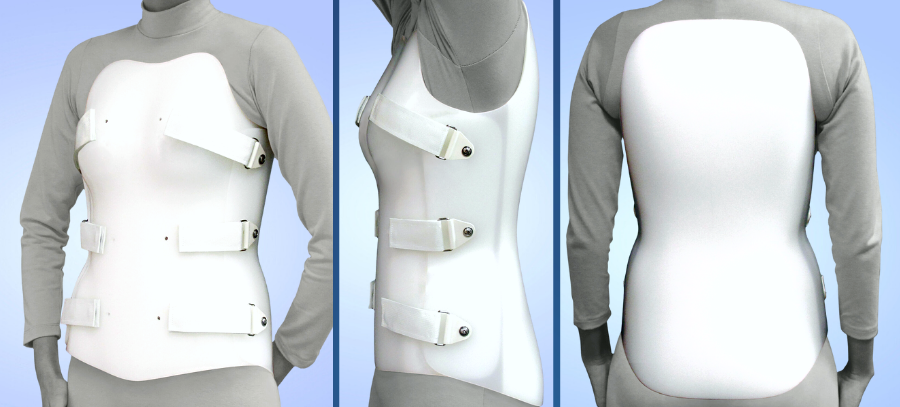
The features of the TLSO-Boston brace are;
- It is used for spinal curvatures in the back and waist.
- It is customized to fit the person’s body and is completely made of plastic.
- It can be worn under dresses.
- The daily usage time is 23 hours.
2.Cervico-Thoraco-Lumbo-Sacral Orthosis (CTLSO) – Milwaukee Brace
Braces that go from the cervical spine (cervical spine) to the sacral spine (buttocks) are called CTLSO or milwaukee braces. This type of brace supports the spine from the neck to the hips. However, it is not preferred today because of its heavy material density and old type of brace worn externally.

Here are the features of the CTLSO-Milwaukee brace;
- It is similar to the TLSO, the Boston scoliosis brace. It is a spinal brace that is connected by a metal rod from the neck area to the brace body.
- It is used in spinal curvatures in the back region.
- The daily usage time is 23 hours.
3.Charleston Scoliosis Brace
The Charleston brace is a night brace used only when sleeping. The mold of the brace is removed when the patient leans towards the opposite side of the curve, providing curve-correcting force (compression).

Here are the features of the Charleston brace;
- It is individually designed to fit the person’s body perfectly.
- It is completely made of plastic.
- It is used for curvatures in the lumbar or back-lumbar junction.
- The average daily usage time is 8 hours while sleeping.
Personalized Scoliosis Braces
Rigo-Cheneau Brace
It is a type of asymmetric brace prepared individually. Compression points differ according to the region of the spinal curvature. As can be seen in Picture 5, there are gaps in the brace for the curvature to shift as a result of the compression applied.

Spinecor Brace
Unlike other types of braces, it is a dynamic brace that allows spinal movements. And it is only used in idiopathic scoliosis (scoliosis of unknown cause). The patient’s examination and X-ray findings are recorded and a personalized brace is designed with a special computer software.
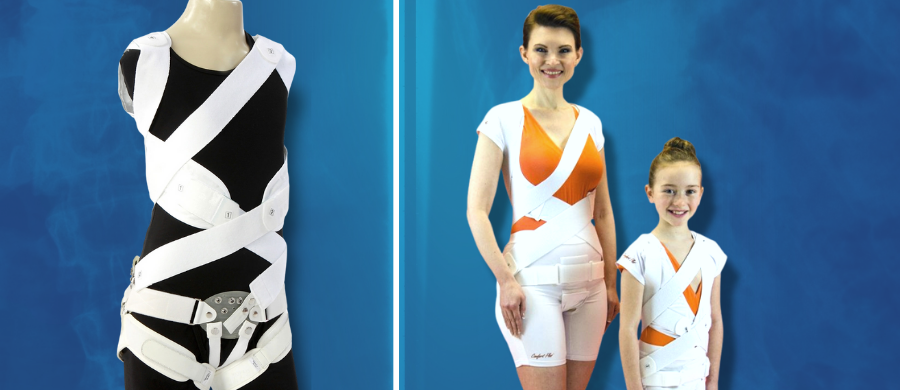
Here are the features of the Spinecor brace;
- It is the only brace that allows body activity and helps to strengthen certain spinal muscles.
- It is important for proper posture training.
- It has a relaxing effect on muscle fatigue caused by standing in the wrong posture (stance).
New Generation 3D Scoliosis Brace
The new generation scoliosis brace is designed individually by addressing the deformity in the spine in three dimensions. Unlike other types of braces, the aim of the 3D scoliosis brace is not only to stop the curvature but also to reduce the degree of curvature.
Is it possible to reduce the degree of curvature with a 3D scoliosis brace?
The results of studies on 3D scoliosis bracing are similar to those of traditional bracing models. However, the fact that the spinal deformity has a design based on 3D evaluation suggests that 3D brace treatment will provide an advantage to achieve more successful results in the near future.
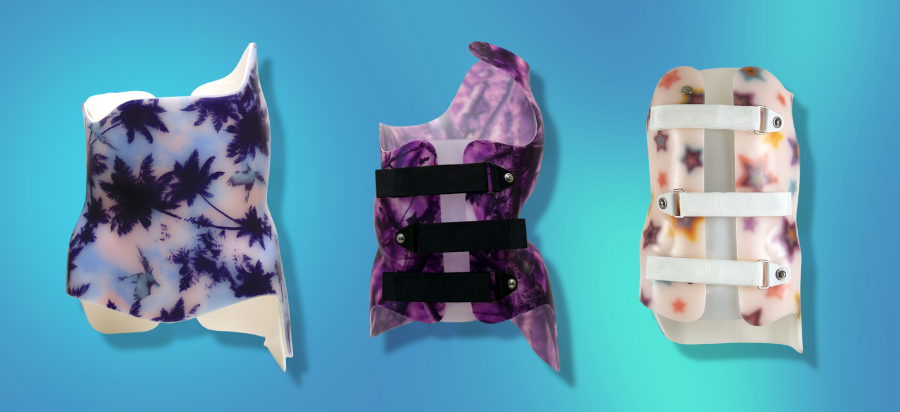
How to Wear a Brace for Scoliosis?
The personalized spinal brace is first fitted to the patient’s body by the orthopedic doctor and prosthetic orthosis technician. In subsequent uses, it should be worn by adjusting it in accordance with the shape worn by the doctor.
Remember that wearing the spinal brace correctly and for the recommended duration is crucial to the success of the treatment.
Scoliosis braces are fitted to the body in different ways according to their types. There is therefore no single method for how to wear braces.
However, there are important points to consider when wearing a spinal brace. Some of these are as follows;
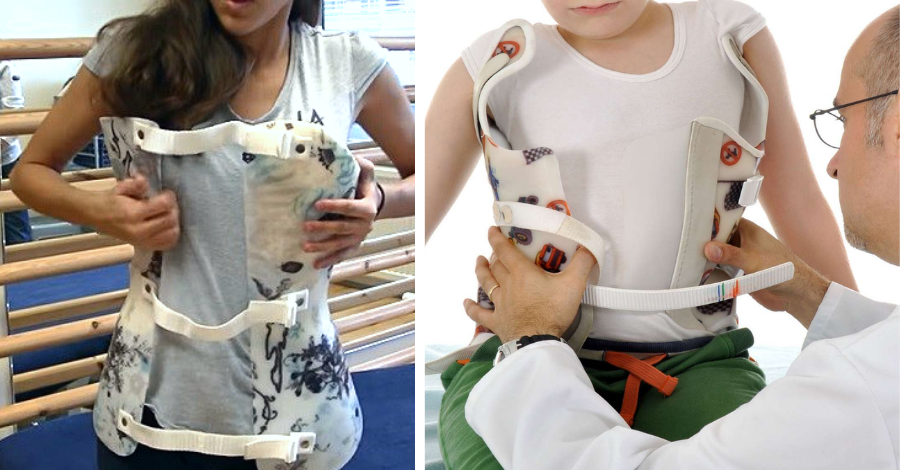
- The duration of use of the spine brace should be used in accordance with the hours recommended by your orthopedic doctor and the body’s adaptation to the brace should be ensured by gradually increasing the duration of use every day.
- In order for the brace treatment to be effective, the brace should be worn in the tightest position, that is, in such a way that it does not move on you.
- In order to prevent the formation of wounds and redness by contacting the brace with the body, it is recommended to wear a cotton tank top or t-shirt under the brace so that it does not gather.
- Your brace should be checked regularly to make sure it fits your body properly.
- In terms of hygiene, it is necessary to shower every day and change undershirts and underwear.
- Check the areas where the brace exerts pressure. If there are rashes that do not go away within half an hour after the brace is removed, the brace should be readjusted.
- The brace should be cleaned gently once a week.
How many hours is a scoliosis brace worn?
One of the questions about the scoliosis brace is how long the spinal brace should be worn and how many hours the brace should be worn. The duration of brace use varies according to the degree of curvature. In scoliosis diagnosed before puberty, brace use can last for many years.
The daily wearing time of the spinal brace varies depending on the type of brace . Full-time braces require between 16 and 23 hours of wear per day, while overnight braces are worn for 8-10 hours while sleeping.
Although scoliosis, the curvature of the spine, affects millions of people, there are hundreds of people who are not aware of the curvature of their spine. Every year, hundreds of adults are diagnosed with scoliosis during a medical examination and thousands of children start scoliosis brace treatment. Early recognition of the onset of scoliosis can prevent surgical intervention by allowing the curvature to be treated with a spinal brace.
However, if the curvature of your spine is severe and cannot be treated with a brace, do not worry, modern medicine and new technological methods minimize the risks of spine surgery.
How Does a Brace Affect My Daily Life?
It is considered normal for people to have difficulty getting used to the brace at first. However, after the brace is worn, redness and color changes that may occur on the skin should be checked and the brace should be removed when there is unbearable pain.
Many people who use a scoliosis brace report that they get used to the brace after a week and find it more comfortable. It can be motivating to hear about other patients’ experiences, but it is also important for people to be able to talk openly with others about what it is like to use a scoliosis brace so that they can receive support.
The scoliosis brace should not be seen as a factor affecting physical and social life. On the contrary, it is very important for people to participate in sports activities, to be physically conditioned and to feel psychologically well during the process of brace use.
As a result, it is possible for people who wear a brace to remove it for sports, training, competition or other physical activities. However, the brace should be worn again immediately after physical activity. It is also advisable to share your concerns with your doctor about how the use of a brace during physical activities will affect your performance.
When should the scoliosis brace be replaced?
The scoliosis brace should be renewed in the following cases. These include:
- If the brace does not show the expected effect and the desired correction is not achieved in the X-ray taken in the brace (50%), the brace should be replaced.
- If the brace creates a problem contrary to the expected effect, the use should be terminated. For example, it should be replaced in cases of overcorrection, impaired sagittal balance of the spine (loss of the hump and lumbar hollow that should be present when viewed from the side, increase in the neck hollow) or pressure sores.
- If the length of the spine has changed by >4 cm between the two control x-rays, it should be replaced as it will not be effective enough.
What Factors Increase the Effect of the Brace ?
The factor that increases the effect of the scoliosis brace is the following:
- Patient’s adaptation to brace use,
- Early diagnosis (younger age and less curvature are advantages),
- Close follow-up (additional pad or revision of the brace may be performed),
- Centering of the head or trunk; control of the sagittal plane and pelvis,
- Adequate use of the brace during the day (at least 18 hours if possible).
When Should We Stop Wearing a Scoliosis Brace?
- When patients reach skeletal maturity, the use of the brace is terminated. However, the maturity of the skeletal system is important for this and there are criteria for its assessment. Your doctor can make a termination decision based on these criteria.
- Bone development is scientifically evaluated through X-rays. Girls in “Risser Stage 4”, boys in “Risser Stage 5” and both sexes in “Sanders Stage 7” are considered to have reached skeletal maturity ( Picture 7 and Picture 8).
- Height growth of less than 1 cm in two consecutive follow-up visits (6 months) and no significant changes in the menstrual cycle for girls are indicators to consider stopping brace use.
Night Brace
The purpose of the night brace is to provide an alternative for children who cannot adapt to the brace during the daytime. People should adapt to the use of the brace all day if possible and the duration of use should be followed.
There are also some advantages of a night brace. These include:
- Biomechanically, it can provide maximum correction and derotation as it pushes the trunk unilaterally from the shoulder level.
- It can turn the effect of “Melatonin” and “Growth Hormone”, which are secreted more at night, on growth into an advantage.
- The use of a night brace is important for people with potential psychosocial and adjustment problems and for those who have never used a brace before.
- It has the effect of correcting both coronal (curvature seen from the front) and sagittal (curvature seen from the side) deformities in the spine.
How Can I Convince My Child to Wear a Scoliosis Brace?
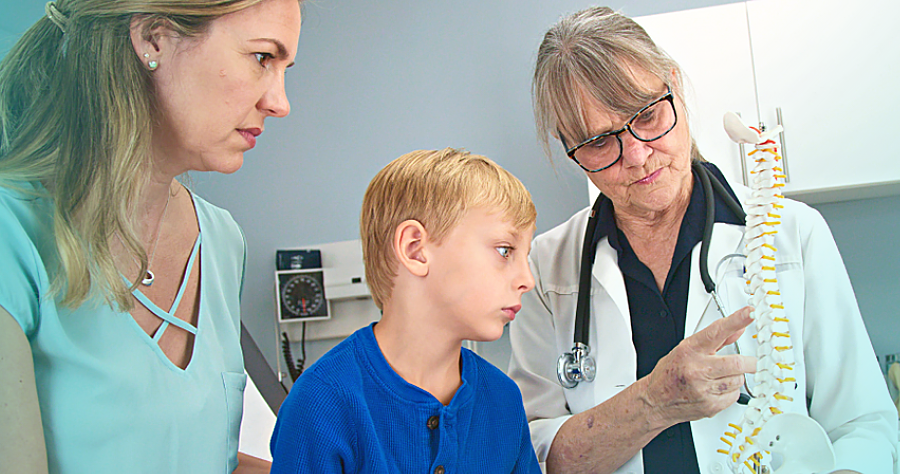
It can be quite difficult to encourage a young person to wear a brace . Wearing a brace, especially at a young age, can often lead to constant preoccupation with body image and hinder daily activities.
To overcome this process and raise awareness for the use of a brace, it is recommended that children and young people wearing braces talk to others who have had similar experiences. Additionally, learning success stories from their attending doctors will also encourage them.
If the child feels comfortable and has progressed in accepting the situation, it may be suggested for those around them to increase awareness of the condition, especially at school. Organizing a presentation or meeting at school about scoliosis can help reverse any negative factors in the school environment. Additionally, providing brochures for the school and offering advice on how to best support a child with scoliosis can be beneficial.
If you believe you or your child has scoliosis (spinal curvature) and are researching the most accurate diagnosis and treatment options, you can reach out to us to obtain detailed information. Feel free to share your questions with us through our social media accounts.




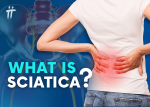
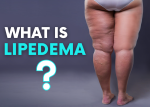

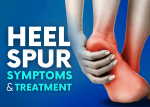
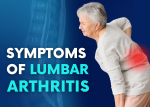
Leave a Comment